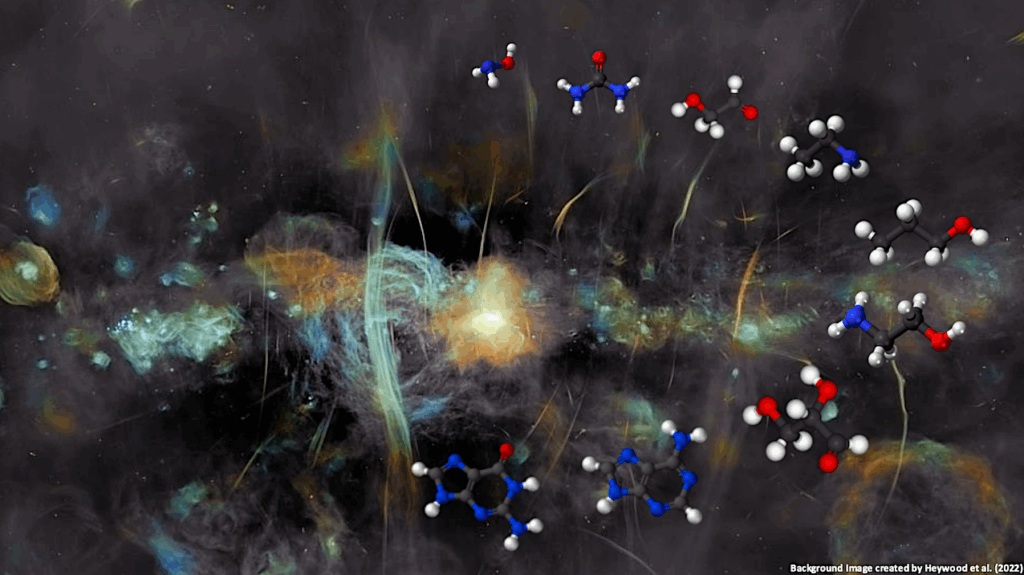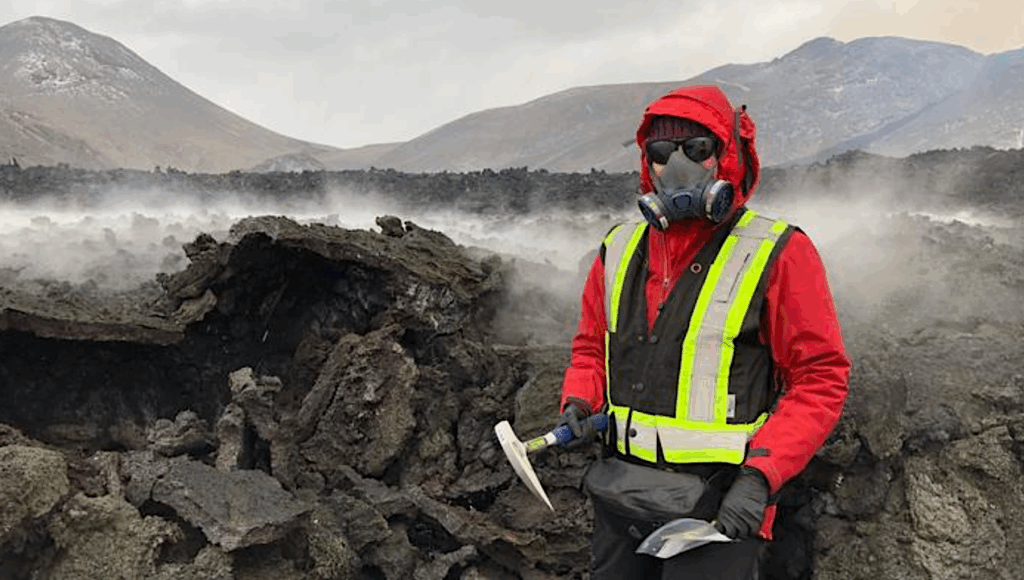Earth-like Exoplanets Are Unlikely To Be Another ‘Pale Blue Dot’

When searching for Earth-like worlds around other stars, instead of looking for the ‘pale blue dot’ described by Carl Sagan, new research suggests that a hunt for dry, cold ‘pale yellow dots’ might have a better chance of success.
The near balance of land-to-water that has helped life flourish on Earth could be highly unusual, according to a Swiss-German study presented at the Europlanet Science Congress 2022 in Granada.
Tilman Spohn and Dennis Höning studied how the evolution and cycles of continents and water could shape the development of terrestrial exoplanets. Results from their models suggest that planets have approximately an 80 percent probability of being mostly covered by land, with 20 percent likely to be mainly oceanic worlds. Barely one percent of the outcomes had an Earth-like distribution of land and water.
“We Earthlings enjoy the balance between land areas and oceans on our home planet. It is tempting to assume that a second Earth would be just like ours, but our modelling results suggest that this is not likely to be the case,” said Prof Spohn, Executive Director of the International Space Science Institute in Bern, Switzerland.
The team’s numerical models suggest that the average surface temperatures would not be too different, with perhaps a 5° Celsius variation, but that the land-to-ocean distribution would affect the planets’ climates. An ocean world, with less than 10 percent land, would likely be moist and warm, with a climate similar to the Earth in the tropic and subtropic epoch that followed the asteroid impact that caused the extinction of the dinosaurs.
The continental worlds, with less than 30 percent oceans, would feature colder, drier and harsher climates. Cool deserts might occupy in the inner parts of landmasses, and overall they would resemble our Earth sometime during the last Ice Age, when extensive glaciers and ice-sheets developed.

Image showing the Earth from a distance of 6 billion kilometres, taken by the NASA Voyager 1 spacecraft in 1990. It has become iconic as the “pale blue dot”. The image was newly processed and released by NASA in 2020. Credit: NASA/JPL-Caltech
On Earth, the growth of continents by volcanic activity and their erosion by weathering is approximately balanced. Life based on photosynthesis thrives on land, where it has direct access to solar energy. The oceans provide a huge reservoir of water that enhances rainfall and prevent the present climate from becoming too dry.
“In the engine of Earth’s plate tectonics, internal heat drives geologic activity, such as earthquakes, volcanoes and mountain building, and results in the growth of continents. The land’s erosion is part of a series of cycles that exchange water between the atmosphere and the interior. Our numerical models of how these cycles interact show that present-day Earth may be an exceptional planet, and that the equilibrium of landmass may be unstable over billions of years. While all the planets modelled could be considered habitable, their fauna and flora may be quite different,” said Prof Spohn.
Further information:
Spohn, T. and Hoening, D.: Land/Ocean Surface Diversity on Earth-like (Exo)planets: Implications for Habitability, Europlanet Science Congress 2022, Granada, Spain, 18–23 Sep 2022, EPSC2022-506, 2022. https://meetingorganizer.copernicus.org/EPSC2022/EPSC2022-506.html
Astrobiology








